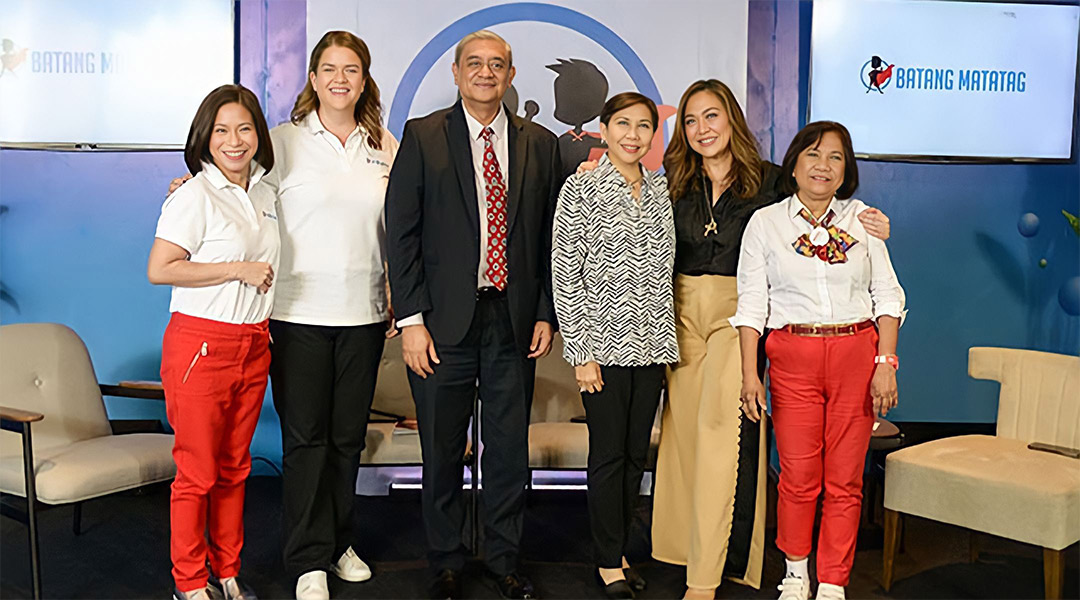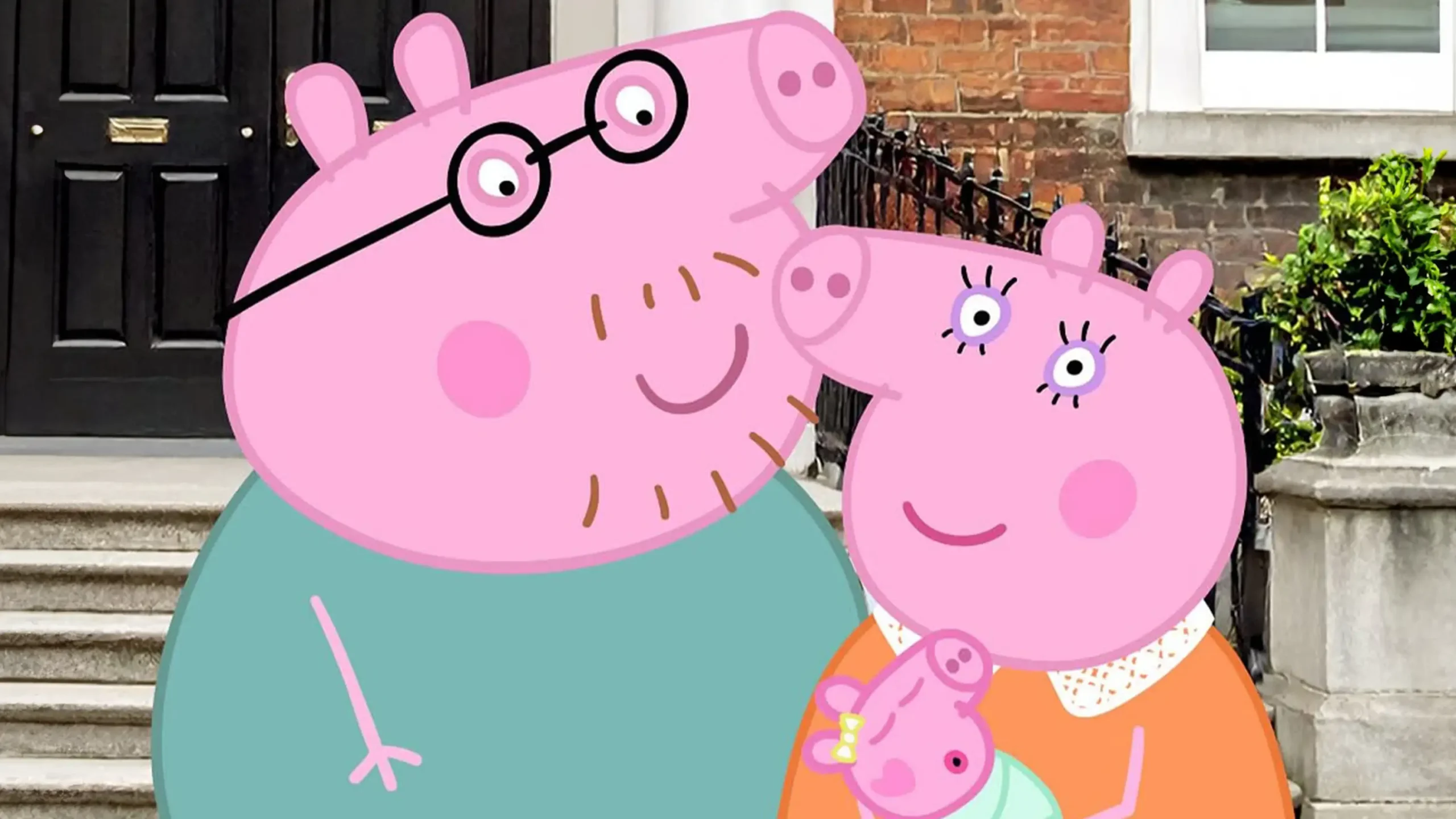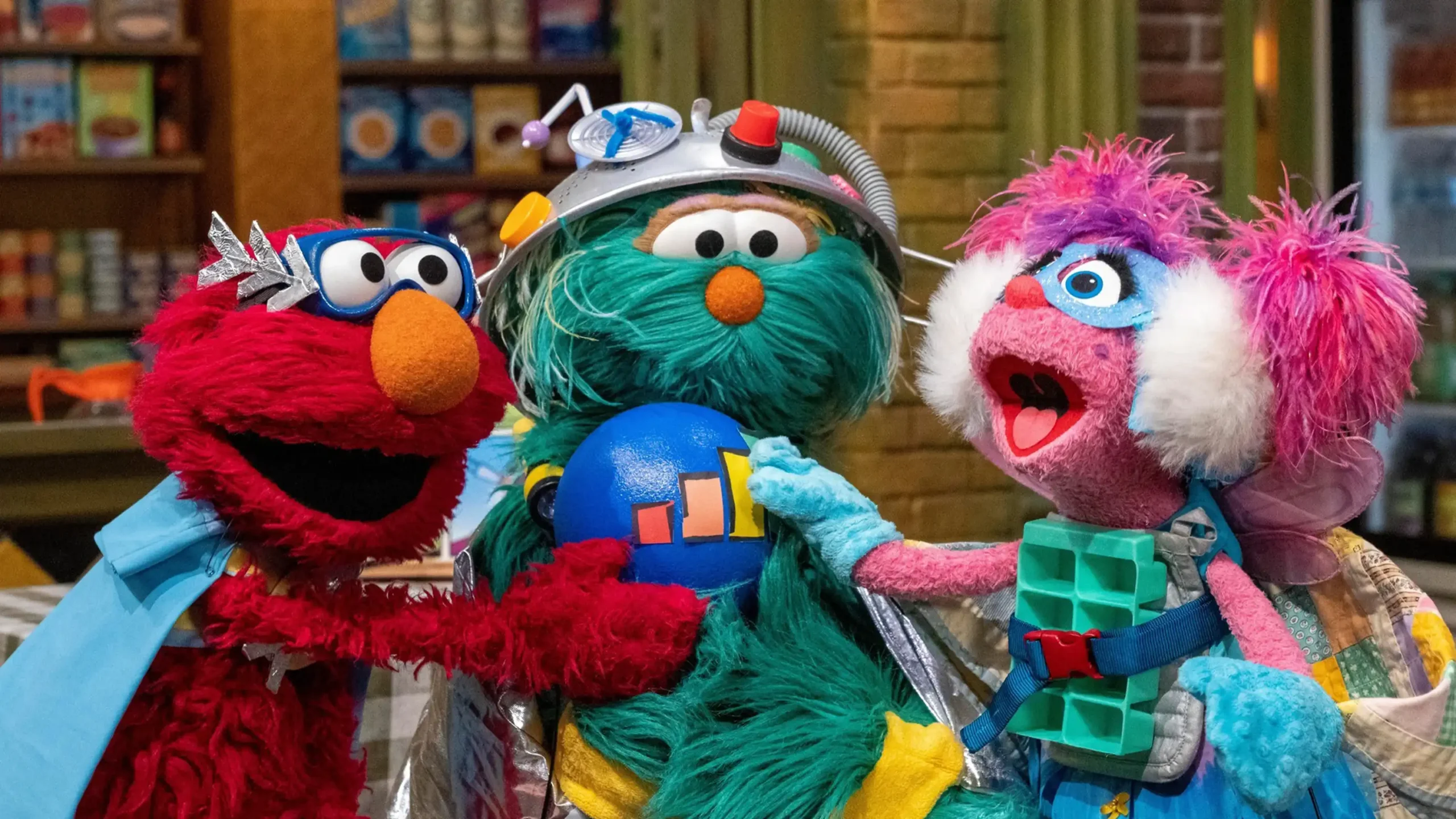#BatangMatatag Movement Aims to Address Malnutrition
The #BatangMatatag Movement aims to help address the problem of health and malnutrition among children in the Bangsamoro Autonomous Region in Muslim Mindanao.
Malnutrition has been a worldwide problem for years. In the Philippines, many children continue to feel hunger specifically in regions like the Bangsamoro Autonomous Region Muslim Mindanao (BARMM). According to a report in 2021, 2.9 Filipino children ages 0 to 10 were estimated to have experienced hunger leading to stunting for their age.
Poor hygiene is also seen as a culprit, with diarrhea being one of the reasons due to poor sanitation. Because of this, Save the Children and Erceflora Kiddies launched #BatangMatatag, a movement that aims to address health, malnutrition, and education in conflict-affected areas in the Philippines.
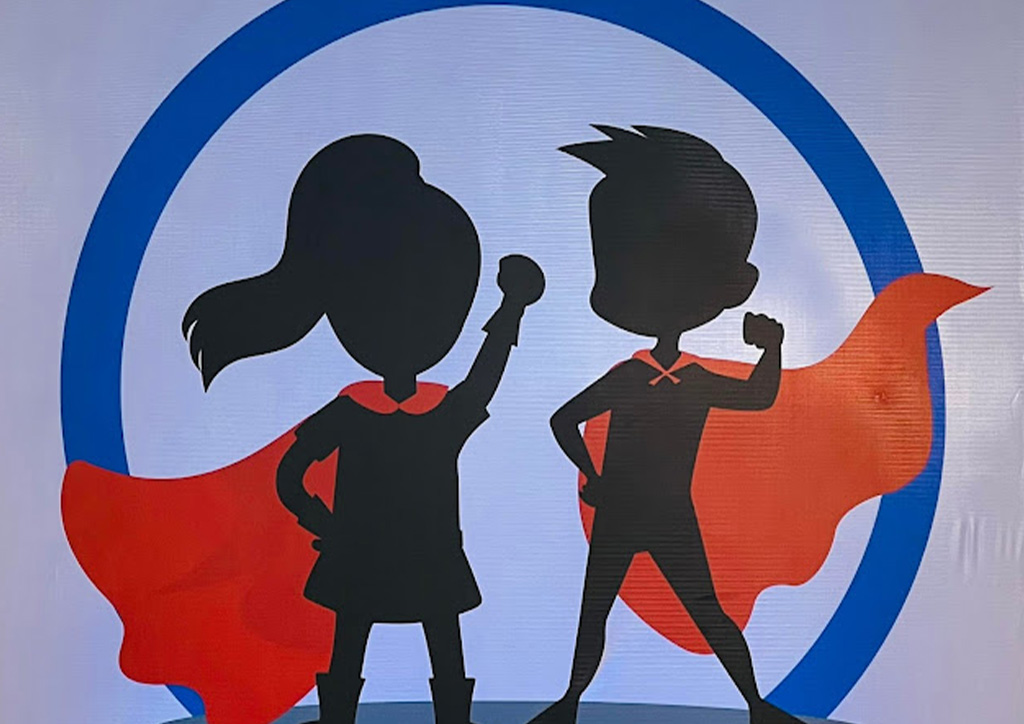
What is #BatangMatatag?
#BatangMatatag is a movement that focuses on efforts to provide access to clean and nutritious food. The movement is currently focusing on the BARMM region. It is made possible with the help of the Life Changer for Children initiative of Save the Children.
Speaking to the press in attendance last October 13, Carol Ann Stewart, ambassador of Batang Matatag, explained the project. ABS-CBN hosted the launch with broadcast journalist Karen Davila, who is also a child advocate herself.
“It’s ambitious but I think it needs to be,” Carol said of the target. “Our goal is to have a multiyear endeavor with our partners Save the Children because we want to have a real impact starting with BARMM.”
“A resilient child for us [is] one that has access to a great education, nutrition, and can fulfill their life whatever that looks like. And I sincerely hope that our partnership can make a difference one family at a time, and maybe beyond BARMM,” she added.
Moreover, Carol mentioned that another thing they want to highlight is eradicating the death rate of children because of diarrhea. “That would be the ultimate success. I don’t know if you know. But every day, think today, 13 kids under 5 years old are going to die today because of diarrhea. And it’s completely preventable. And I think we can be part of the solution. Well, not all of the solution but that would be the ultimate measure.”
She spoke about the importance of advocating for self-care, too.
“We have a duty to lead and encourage people to self-care, starting with me and my team. But also the communities that we serve. I think advocating for self-care is really important.”
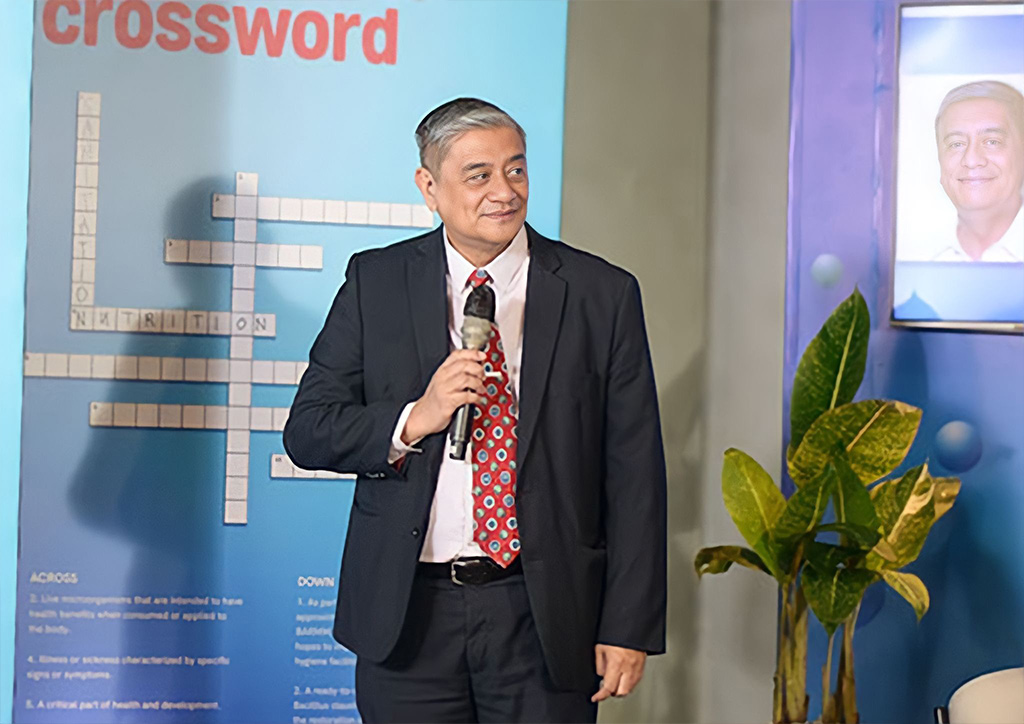
The focus on BARMM
Lawyer Alberto Muyot, who is the Chief Executive Officer of Save the Children Philippines, spoke about highlighting BARMM with the program.
“We want to show and to prove to everyone that it’s not enough that we have a policy. We have a law called the first 1,000 days law that provides for the health and nutrition of pregnant mothers and children. But we have to bring it down to actual implementation at the community level.”
Muyot added that while the law exists, there are not enough funds. “We hope that local governments can get inspiration from this project to show that indeed, even with minimal funding, through education of communities and parents, the health nutrition status of children will really be improved.”
“BARMM is one of the most underserved areas in the country. But it also has a lot of potential to thrive and prosper with its rich culture and history. We can create positive lasting change in the lives of children and communities in BARMM if we collaborate, support, and journey with them, especially children, in realizing their rights,” he said.
Muyot emphasizes that the program is not just about charity work. “We want to empower families and communities to take care of the health and nutrition of children. We want to raise consciousness, we want to raise families, we want them to adopt practices that will ensure better health and nutrition for children.”
Aside from Stewart and Muyot, Dr. Joselyn Eusebio, a Specialist in Developmental and Behavioral Pediatrics, provided the importance of nutrition for children as well.
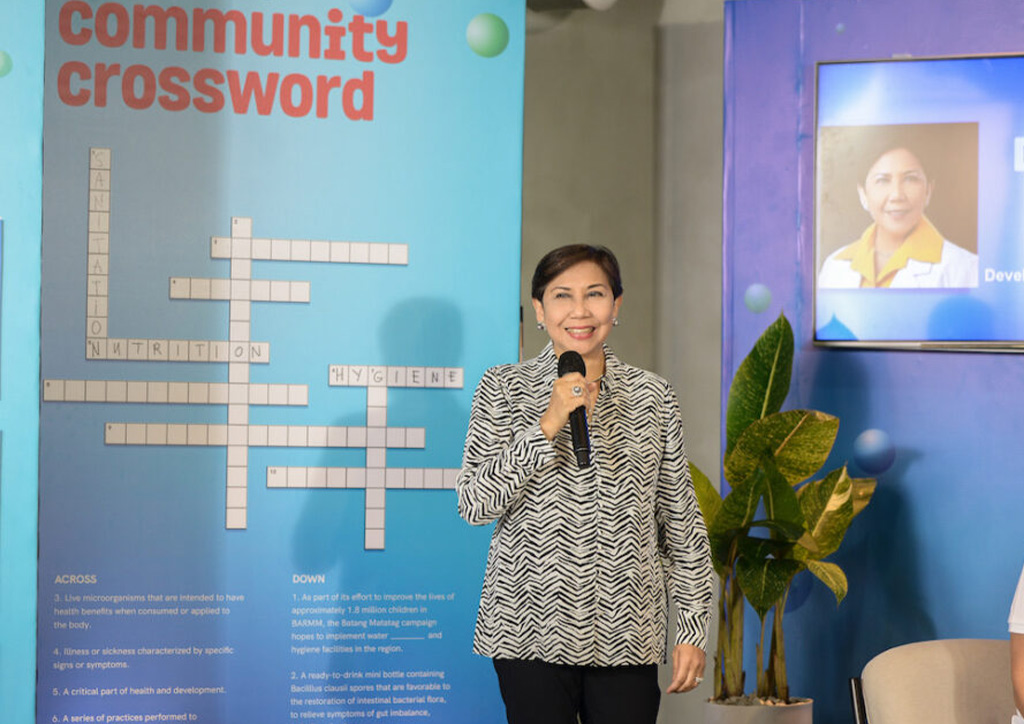
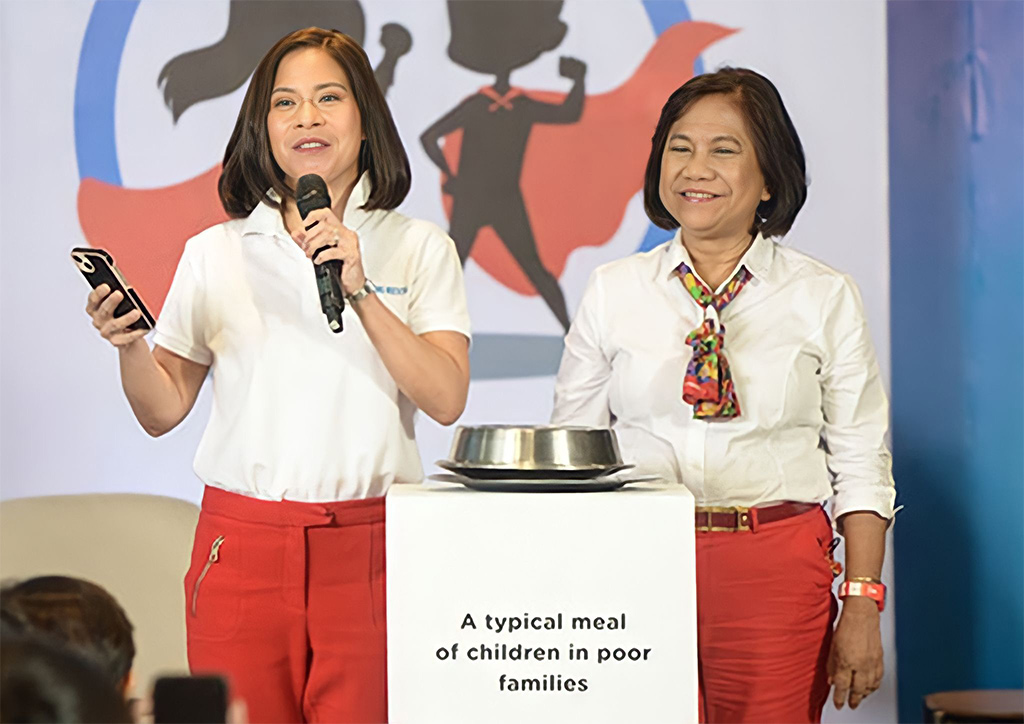
Check out more stories on children’s health and issues:
Trauma Dumping: What It Is and Why We Do It
